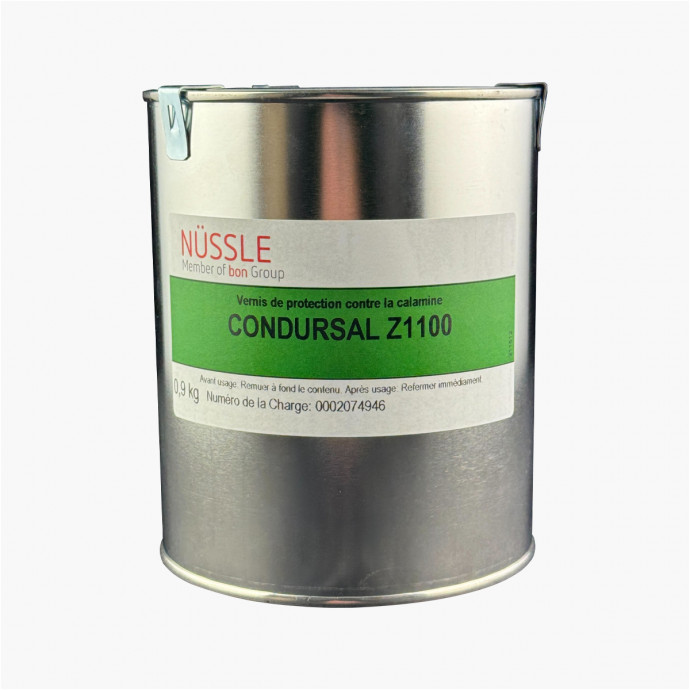

EUROTECHNI IS PROUD TO PRESENT YOU ITS BRAND NEW WEBSITE!
CONDURSAL Z1100 offers very effective protection against oxidation and calamine during austenitization and annealing in the presence of oxygen. You can use this protective paint for temperatures between 600 and 1,100°C. It is suitable for many types of metals such as construction steels, tool steels, austenitic steels, moulded parts and resists annealing times of up to 7 hours or more.
Up to temperatures of approx. 850°C, the residues of CONDURSAL Z1100 are released after heating It is therefore not necessary to clean the parts to be worked in this case.
After annealing at temperatures above 850°C, a light brushing with a steel brush is sufficient to remove residues and obtain clean surfaces (no sanding).
For the proper use of this protective paint for the thermal treatment of your steels, the surfaces to be protected must be clean, free of oxides, calamine, dust, rust, oil, grease and others.
Before use, mix the contents of CONDURSAL Z1100 pot thoroughly. When you get a homogeneous consistency the CONDURSAL Z1100 is ready for use. The application on the workpieces can be done by brushing, immersion or spraying. Normally, a thin layer of about 15 μm thick is sufficient for optimal protection.
It is important to obtain a smooth coating of uniform thickness. Applying an excessive layer of paint can cause tearing problems and should therefore be avoided. For long-term annealing, application of a second thin layer is recommended. Wait until the first layer is completely dry before applying the second. The drying time for each layer is about 10 minutes.
Once the heat treatment has been completed, the residues of CONDURSAL Z1100 are released either alone or easily with a steel brush (see above).
CONDURSAL Z1100 packs must be closed hermetically after use to avoid evaporation of the lacquer solvent. For cleaning brushes, pistols and other equipment, the "SPECIAL THINNER FOR CONDURSAL Z1100" or Xylene can be used but not water.
1. Excessive thickness of the coating may result in paint peeling and poor protection.
2. CONDURSAL Z1100 is not suitable for temperatures below 600°C; at such low temperatures it behaves as a heat resistant lacquer leaving a black layer on the surface of the workpieces, which can hardly be removed after annealing.

